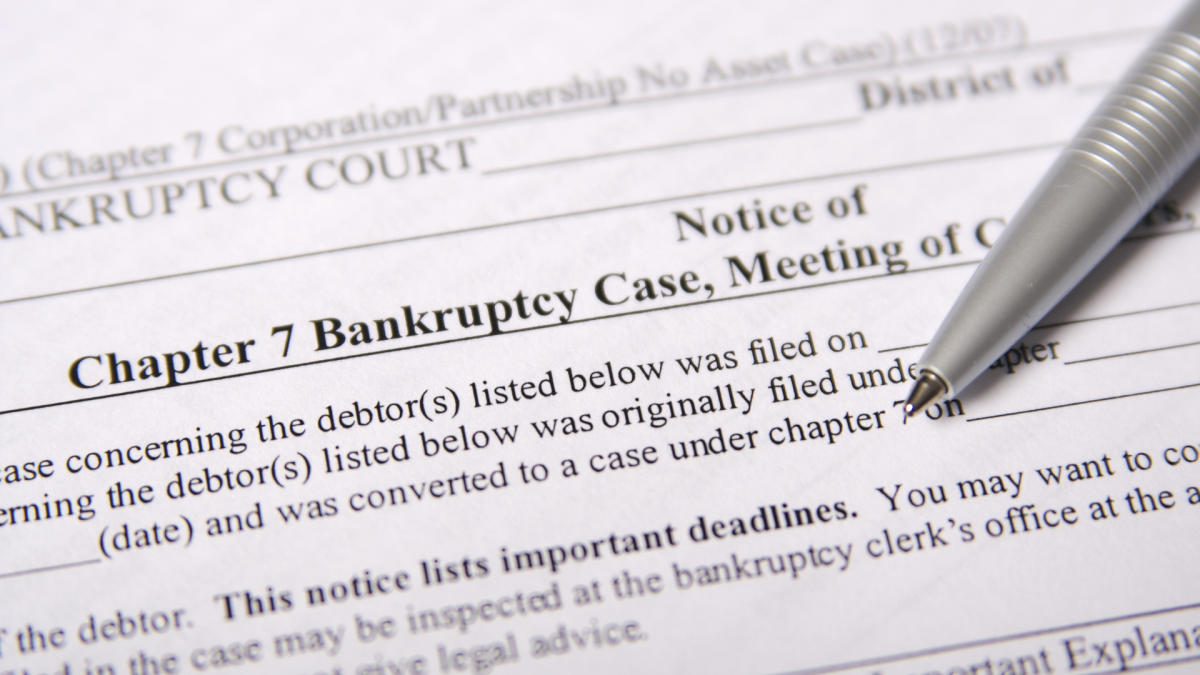
In late 2018, Andrea Smith declared Chapter 7 bankruptcy. She came out of bankruptcy with a net worth of around $150,000.
Discover Next: The New Retirement Problem Boomers Are Facing
Less than seven years later, she has catapulted her net worth over sixfold to $840,000.
Here’s how you can bounce back financially, too.
Smith — speaking under a pseudonym to preserve anonymity — opted for a Chapter 7 over a Chapter 13 bankruptcy. A Chapter 13 or “wage earner’s” bankruptcy lets you keep many of your assets and restructure your debts, but they don’t disappear.
A Chapter 7 or liquidation bankruptcy involves selling off most of your valuable assets to pay off creditors. After that, however, the debts dissolve, leaving you with a clean slate (read the full rules from the IRS).
“I had rental properties that were upside-down on debt and produced negative cash flow,” Smith explained. They lost her money every year, rather than generating it. “In the Chapter 7, I signed ownership of the properties over to the mortgage lenders and got a fresh start.”
See Now: Here’s the Minimum Salary Required To Be Considered Upper-Middle Class in 2025
Unshackled by the heavy debts and negative cash flow, Smith was able to reinvest more of the slim profits from her online business into growing it.
That took time and plenty of long work weeks, of course. But it ultimately let her grow her profits from just a couple thousand each month to over $10,000.
Determined not to make similar mistakes in the future, Smith wanted multiple sources of income. She picked up a side hustle as a freelance writer.
That added another few thousand dollars of income each month. “Even more important than the income, it let my husband and me sleep easier at night.”
Smith and her husband, a teacher, discovered that they could live comfortably on his income alone if he took a job teaching at an international school overseas.
He still earns a modest salary of under $50,000. But his school provides free furnished housing, full premium health insurance for the entire family, and even paid flights home to the U.S. each year.
Meanwhile, they enjoy lower living expenses overseas and lower US taxes through the foreign earned income exclusion. The IRS waives regular income taxes for expats, up to the first $130,000 per adult in 2025.
“We aim to live entirely on my husband’s income, while saving and investing mine,”said Smith.
By simultaneously lowering her living expenses (and taxes) and growing her income, Smith and her husband found they could save and invest $5,000 – $10,000 each month.
At first, most of the growth in their net worth came from them adding money each month. But over time, their investments started compounding on themselves.
They earn over $2,000 each month in passive income today. They haven’t yet reached financial independence — able to cover their living expenses with passive income from investments — but they’re hurtling toward it.
Advertisement: High Yield Savings Offers
“We’ve reached what they call ‘coastFI,’ where we could stop investing today and our investments would compound on their own to reach our retirement goal,” Smith added. “But we plan to keep investing at least $5,000 each month through the rest of our 40s. I never want to feel that helplessness again that I felt when going through bankruptcy.”
More From GOBankingRates
Sources:
This article originally appeared on GOBankingRates.com: How I Bounced Back from Bankruptcy in Under 7 Years — And You Can Too



